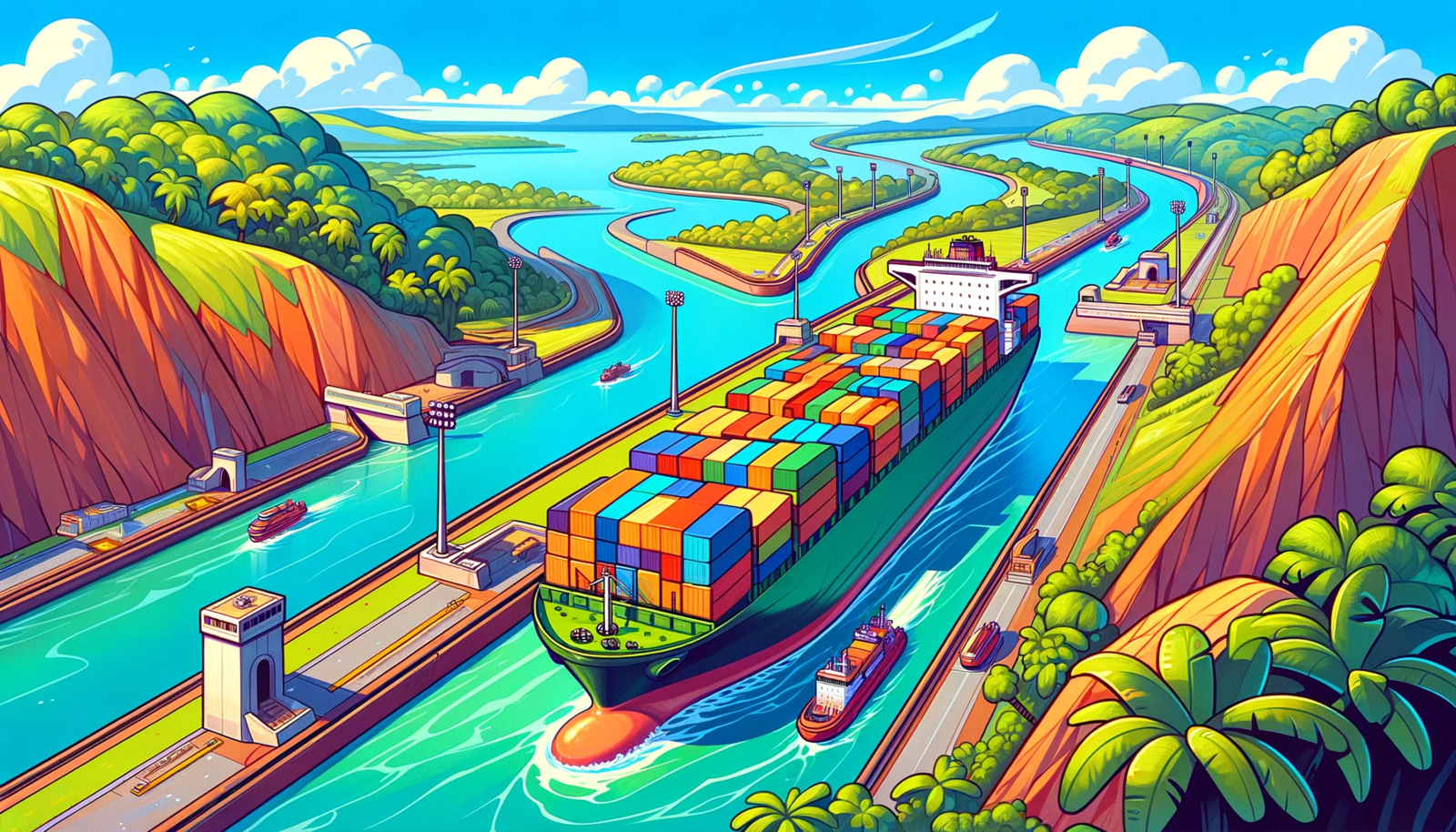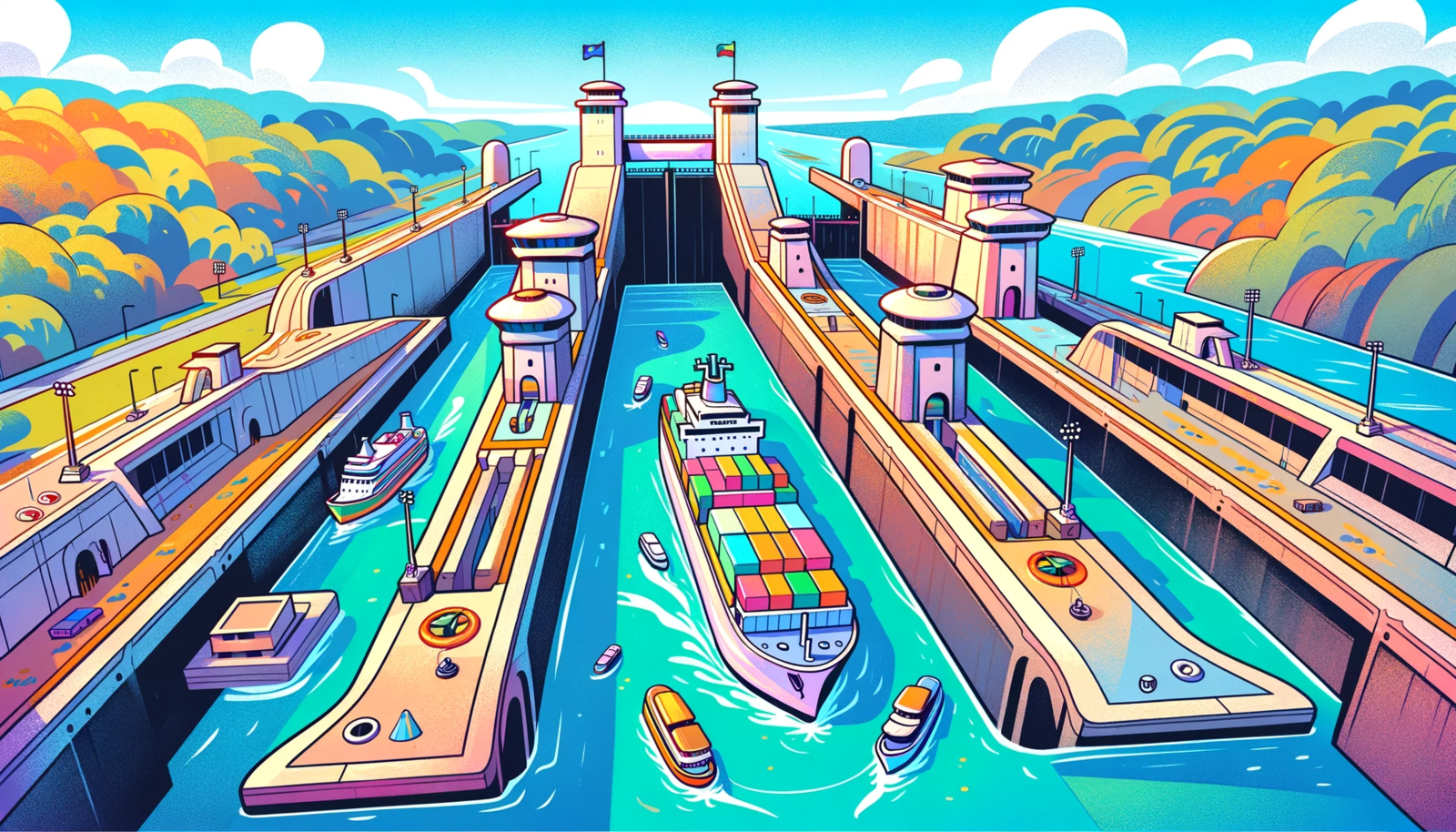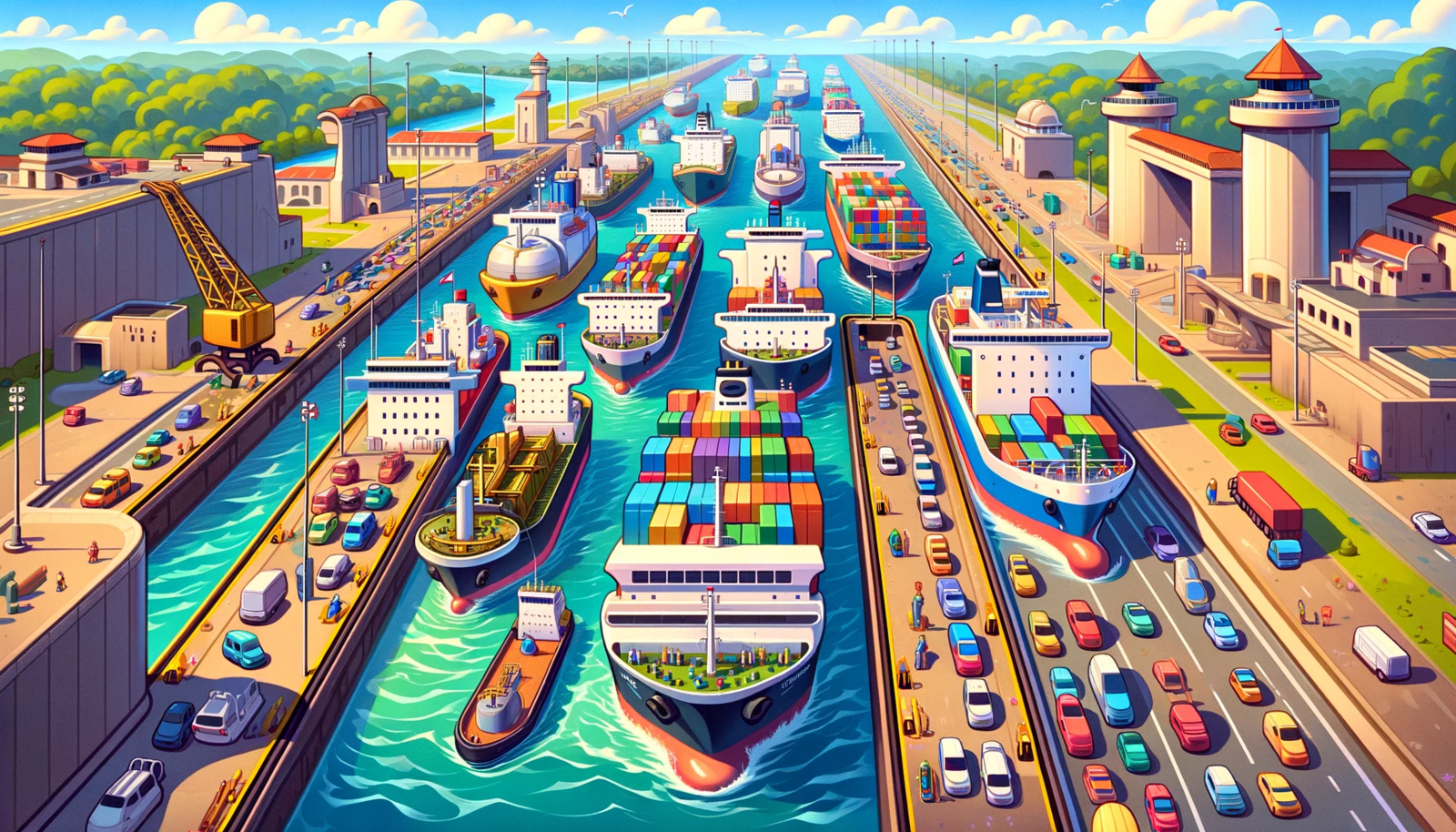
Ahoy, dear readers! The Panama Canal is a marvel of modern engineering that serves as a critical conduit for international maritime trade. In this blog, we'll delve into the intricate workings of the Panama Canal, exploring its history, design, and the mechanics of how it operates.
History and Significance.
The Panama Canal, completed in 1914, is a testament to human ingenuity and determination. Its construction was a colossal undertaking, initially attempted by the French in the 1880s and later completed by the United States. The canal was built to provide a shorter, safer passage between the Atlantic and Pacific Oceans, dramatically reducing the need for ships to navigate the treacherous Cape Horn route at the southern tip of South America.
Geographical Location.
The Panama Canal stretches approximately 50 miles across the Isthmus of Panama, connecting the Atlantic Ocean (via the Caribbean Sea) to the Pacific Ocean. This strategic location makes it a vital pathway for international shipping.

The Canal's Design: Locks and Lakes.
The core components of the Panama Canal include a series of locks, artificial lakes, and channels. The locks are essentially water elevators that raise and lower ships to the level of the man-made Gatun Lake, which is 85 feet above sea level.
Locks System:
- The Lock Chambers: Ships enter the canal's lock chambers, which are massive concrete enclosures with gates at both ends. The primary locks are the Gatun Locks (on the Atlantic side), the Pedro Miguel Locks, and the Miraflores Locks (on the Pacific side).
- Water Management: Water is either let in to raise the ships or drained to lower them, using gravity. This process involves no pumps, relying instead on the water from Gatun Lake.
- Mules: Electric locomotives, known as 'mules', are used to tow ships through the locks, ensuring safe and precise navigation.
Gatun Lake and Culebra Cut:
- Gatun Lake, an artificial lake created during the canal construction, serves as a channel for ships to navigate across the Isthmus.
- The Culebra Cut, a man-made valley, connects Gatun Lake to the Pacific locks.

Operation and Navigation.
Navigating the Panama Canal is a complex process. Ships must adhere to strict schedules and are guided by professional pilots from the Panama Canal Authority. The transit typically takes 8 to 10 hours.
- Approach and Queuing: Ships approach the canal and may have to wait their turn, as transit is scheduled to manage the traffic efficiently.
- Entry and Transit: Once allowed entry, ships are taken over by canal pilots. They navigate through the locks and the canal's channels, often assisted by mules and other canal equipment.
- Toll Payment: Tolls are calculated based on the type of vessel, its size, and the cargo it carries. The toll system is crucial for the maintenance and operation of the canal.
Expansion and Modernization.
The Panama Canal underwent a significant expansion completed in 2016, introducing a new set of larger locks (the Cocoli and Agua Clara locks) allowing the passage of larger "New Panamax" ships. This expansion was crucial to accommodate the ever-increasing size of modern cargo ships.
Environmental Impact and Challenges.
The operation of the Panama Canal is not without environmental impacts, including deforestation and water management challenges. Moreover, the canal faces ongoing challenges like maintaining structural integrity, adapting to climate change, and managing the intense maritime traffic.
Conclusion.
The Panama Canal stands as a symbol of human ambition and engineering prowess. It not only revolutionized global trade by shortening distances and reducing maritime shipping costs but also continues to adapt and evolve in the face of modern challenges. As we look to the future, the canal's role in global trade and its ongoing adaptation to environmental and technological changes remain subjects of great interest and importance.


